As the rainy season reaches its peak, the federal government has cautioned states and local governments to prepare adequately for potential flooding, particularly in riverine areas.
The Minister of Water Resources and Sanitation, Prof. Joseph Utsev, issued the alert at a media briefing in Abuja on Thursday.
Utsev called for proactive measures to avert potential disasters and reduce flooding risks.
According to him, the warnings were issued to states based on the 2024 Annual Flood Outlook report released by the Nigeria Hydrological Services Agency (NIHSA), which highlighted potential flood risks.
He explained that state governors had received tailored forecasts and guidance on preventive measures tailored to their respective regions.
Utsev disclosed that 31 states, including Adamawa, Akwa-Ibom, and Anambra, have designated a total of 148 LGAs as high-risk areas for flooding.
The 2024 Annual Flood Outlook report predicts three possible scenarios, with the highest flood risk expected between July and September and significant flooding likely to occur from April to November.
He said: “Over ten states and the FCT have already experienced varying levels of flooding since April, resulting in casualties and property damage.
“Notable incidents include the flooding in Trademore Estate, FCT, which led to two deaths and significant property loss.”
Utsev emphasized the urgency for states and LGAs to ramp up flood mitigation efforts, including unblocking clogged drainage systems, evacuating residents from high-risk flood zones, and building flood defences to protect vulnerable communities from the impending flood threats.
He stated that he expected river flooding from major rivers like Niger and Benue and urged continuous monitoring and proactive measures.
The minister warned that heavier rainfall could worsen the existing cholera outbreak, which has already claimed 63 lives and affected 2,102 people.
He announced the creation of a presidential task force to combat cholera and other waterborne diseases that flooding exacerbates.
Utsev also announced that a revised 2023 flood report led to the establishment of a new committee, headed by Vice President Kashim Shettima, to tackle a wide range of disaster management issues, including land degradation and desertification.
He disclosed that the National Economic Council has endorsed the committee’s findings, and the implementation of the suggested strategies is about to begin.
He added that the Clean Nigeria, Use the Toilet campaign and the activation of national laboratories were part of comprehensive measures to enhance public health and sanitation.
Mr. Clement Nze, Director General of NIHSA, emphasized that while the federal government provides guidance and support, the ultimate responsibility for enforcement and local action lies with the states.
He highlighted the Federal Government’s ongoing efforts to construct buffer dams, in addition to the Lagdo Dam in Cameroon, to reduce flood risks and mitigate the impact of flooding.
The 2024 Annual Flood Outlook released by NIHSA warns that 148 local government areas across 31 states are vulnerable to flooding, with Adamawa, Akwa-Ibom, Anambra, Bauchi, Bayelsa, Benue, Borno, Cross River, Delta, Ebonyi, Edo, Imo, Jigawa, Kaduna, Kano, Katsina, and Kebbi being among the affected states.
The list of affected states also includes Kogi, Kwara, Lagos, Nasarawa, Niger, Ogun, Ondo, Osun, Oyo, Plateau, Rivers, Sokoto, Taraba, and Yobe.











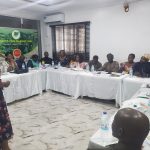


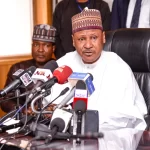









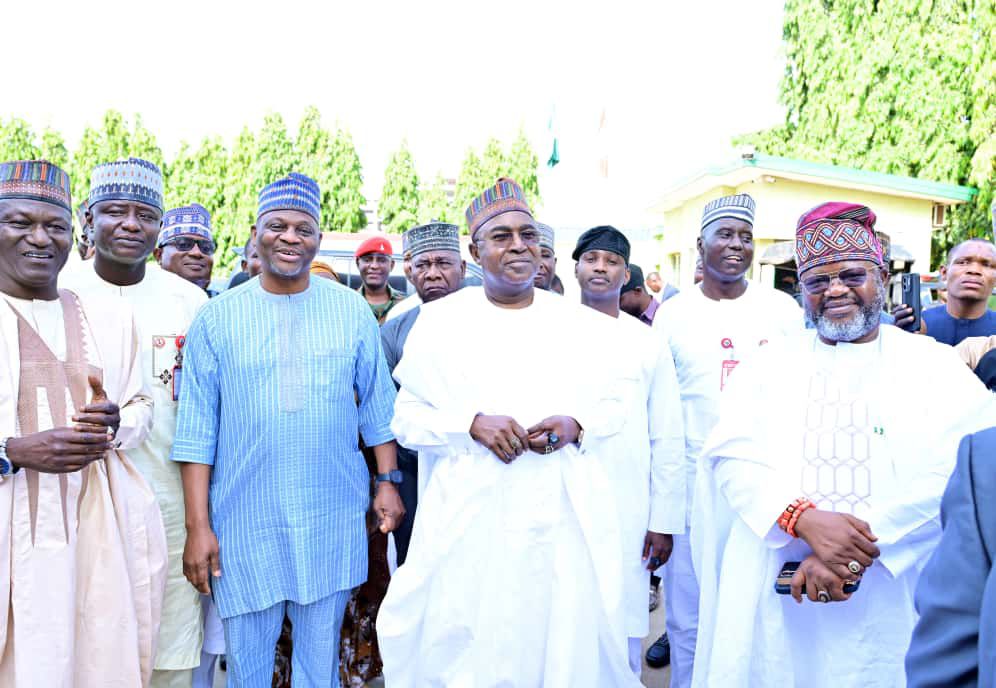


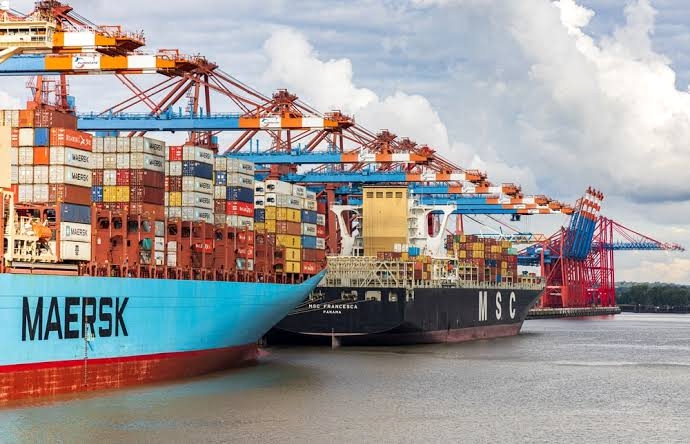
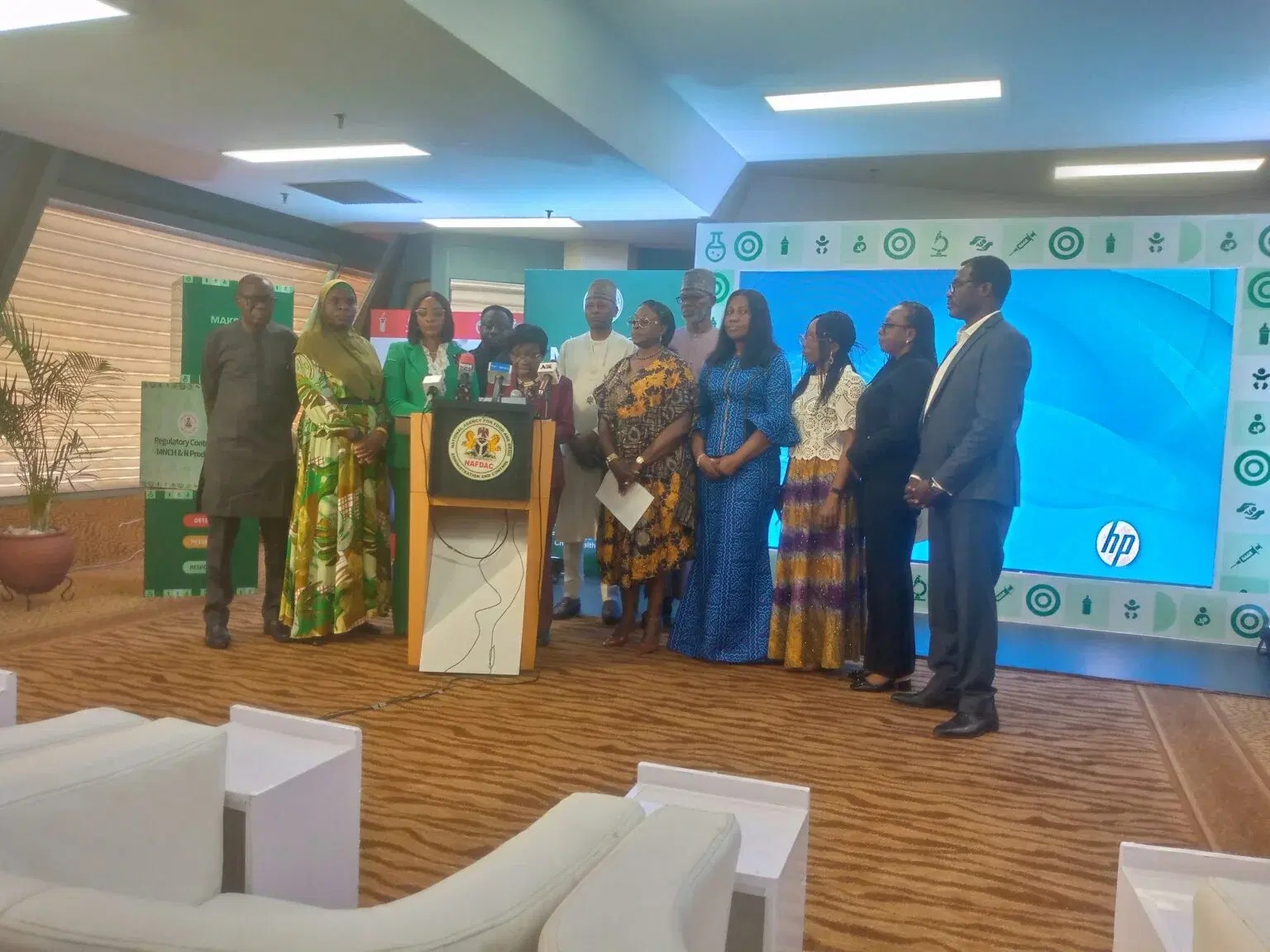
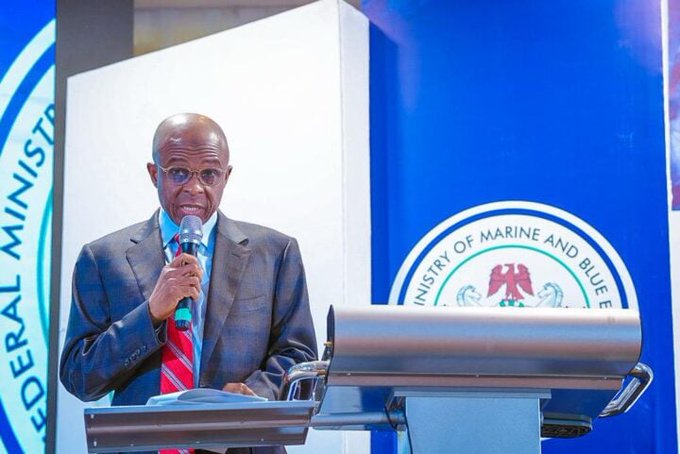


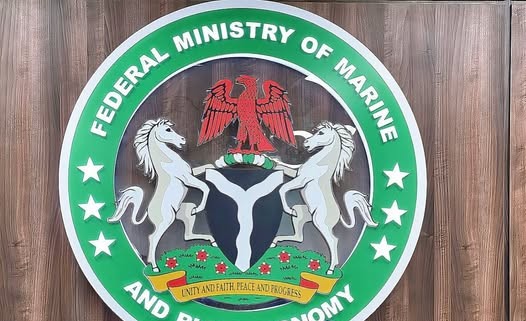
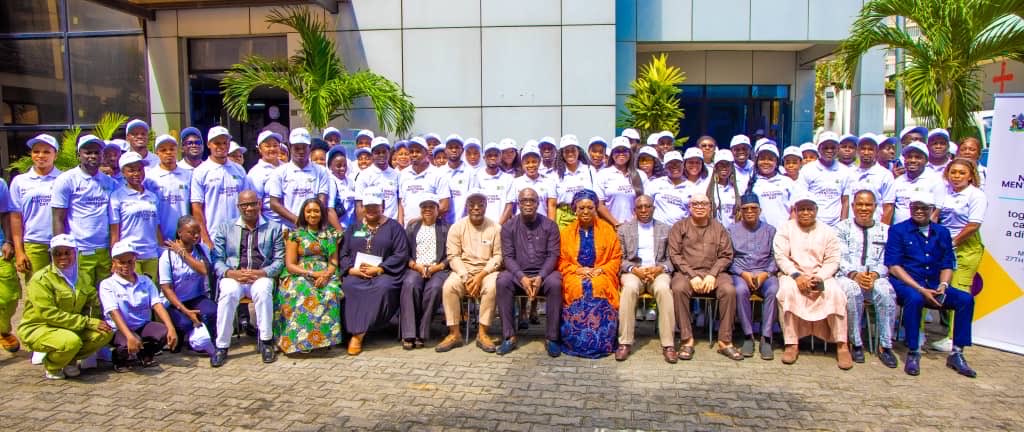
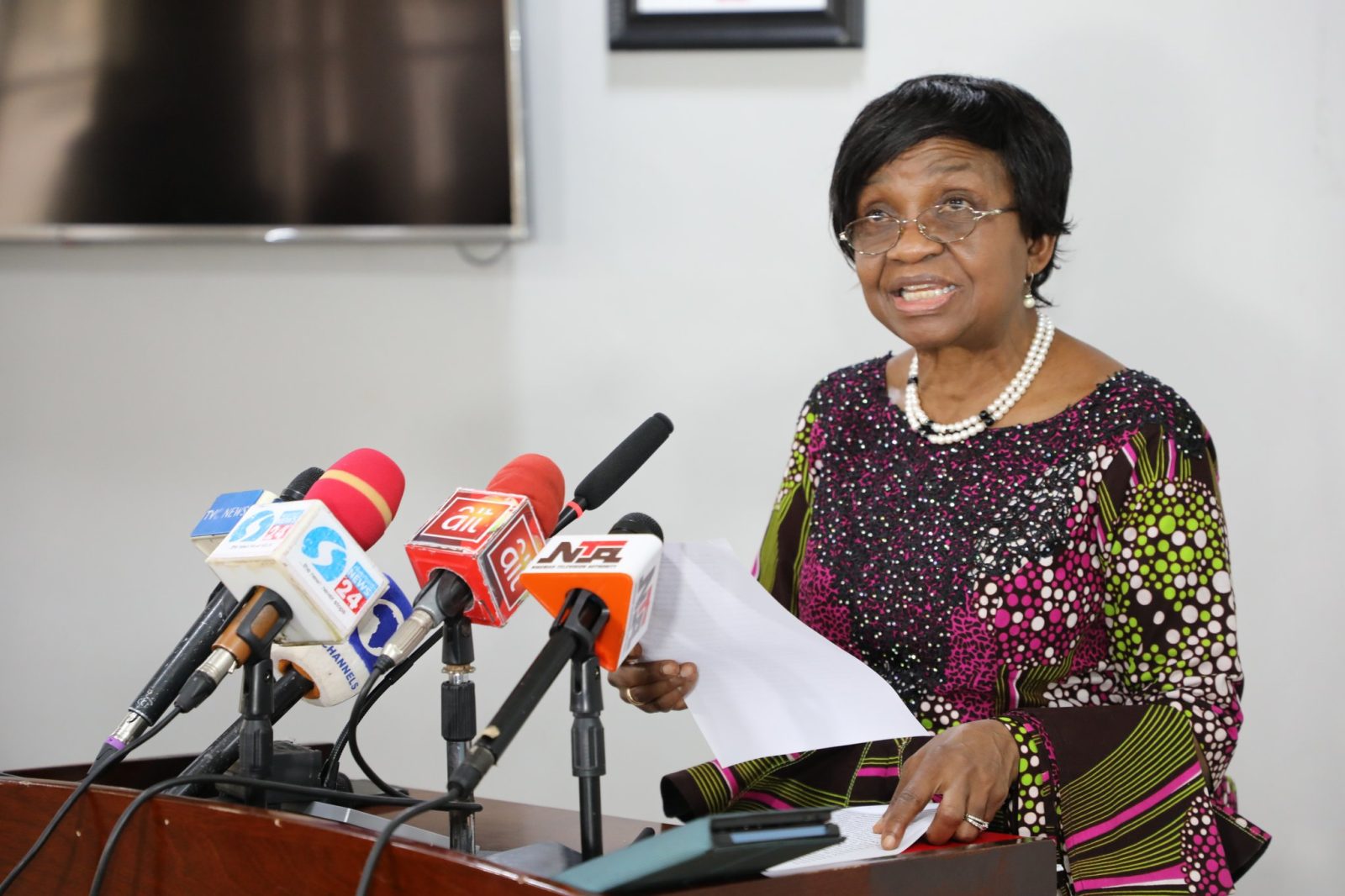
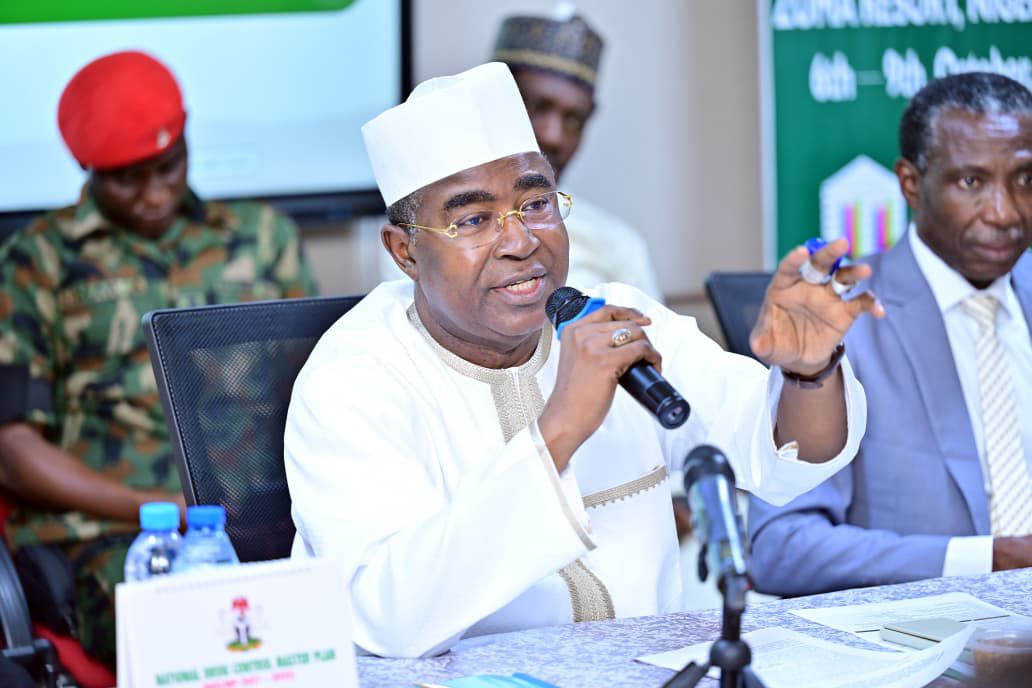
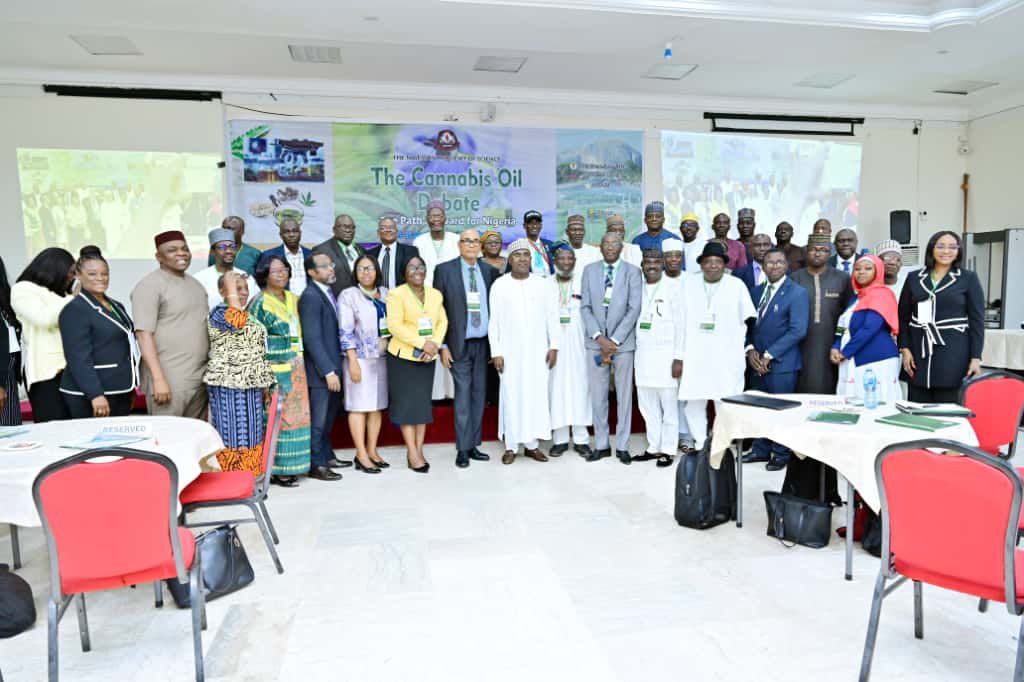
Leave a comment